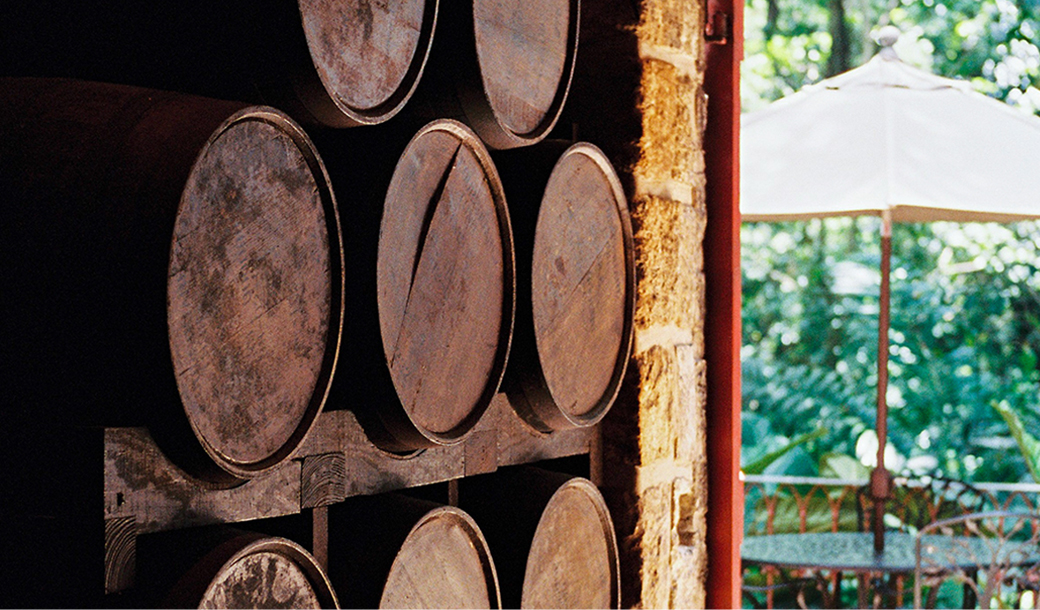
The Art of Aging Rum
When it comes to rum, where it’s aged and how it’s blended may be just as important as the number on the bottle.
Generally, aging rum is a straightforward process. The spirit goes into barrels — typically ex-Bourbon white oak — which are racked in a warehouse and then blended and bottled after a prescribed time. Sounds simple, right? But beyond the number of years spent in the barrel, knowing where a rum is produced is essential for appreciating its relative age.
Location, Location, Location
Traditionally, rum hails from tropical regions where it’s typically hot and humid. In those warm conditions, the wood of the barrel holding the rum breathes more openly and imparts flavour at a faster pace. By comparison, rum produced in places like Canada and Europe experiences cooler weather and temperature swings throughout the year. The result: rum made in these locations ages in the barrel at a slower rate.
Age Statements
Each country has a slightly different standard with respect to rum labelling and detailing age statements. Some base the age on the oldest liquid used in the blend, but most respected rum producers, including those in Jamaica, Barbados and the Dominican Republic, insist the age stated on the bottle is that of the youngest rum.
It’s All About the Blend
The blending that’s done after a rum is aged adds an extra dimension. That means while age is a consideration when determining a rum’s quality, it’s not the only factor. The craft of the master blender, who balances the flavours to create the spirit’s signature taste, is arguably equally or more important.